A group of wildcats have been prowling the Cairngorms since being released as part of a conservation project last summer — but how are the furtive felines getting on and where have they ended up?
Habitat loss, breeding with domestic cats and persecution brought the Highland tigers to the brink of extinction.
In 2019, studies found that populations were no longer “viable” meaning that the wildcat numbers wouldn’t recover without help — which is where Saving Wildcats comes in.
Over the last few years, the collaborative project has been working to breed wildcats in a naturalistic way and release them back into the wild to help the species recover.
And last summer in a major step for the initiative, 19 wildcats bred at the Highland Wildlife Park were released into the Cairngorms.
Head of conservation Helen Senn said it has been an “enormous privilege” to be involved in the project, and said saving our Scottish tiger is about not “admitting defeat”.
Helen spoke to the Press & Journal to explain:
- How the 19 wildcats that have been released are getting on
- The furthest distance a wildcat has travelled since being released
- Why there’s a drive to protect the species and the challenges they face
- And, what’s next for the project
From being born in Kincraig to being released in the Cairngorms — how are the wildcats being prepared for life in the wild?
The wildcats are bred at a large facility at the Highland Wildlife Park, and are kept away from the general public.
They spend their time at the park in large, naturalistic enclosures where they can prepare for life in the wild with as little human contact as possible.
It’s in one of these larger, pre-release enclosures the cats are monitored to see if they are ready to be released.
While in captivity, they are fed a variety of different prey types, and different tools are used to hone their hunting skills.
Keepers even deliver the food into the enclosures at random times throughout the day so that the animals don’t become reliant or used to people.
Because the felines grew up in Kincraig, they’ve been exposed to the changeable weather of the Cairngorms and all the sights, sounds and smells of the habitat.
Before they are released, the cats are fitted with a GPS collar so the team can keep track of the elusive animals, make sure they are doing ok, and learn from their movements.
When the first generation of wildcats was released last summer, the team carried out some supportive feeding, and they still keep an eye on them now.
Helen said: “Whilst the cats still have collars on we’re certainly not just stepping away from them, we’re monitoring them very closely.
“At the end of the day, they’re wild animals and the whole point is they’ve got to learn to face the challenges that are out there.”
How have the new generation of wildcats been getting on in the Cairngorms?
The first cat was released in June, and Helen said it was an “amazing moment” to experience with the team.
Another 18 wildcats were soon released.
“I have to pinch myself sometimes,” Helen admitted before saying, “I think that conservation is all about hope.
“If you work in conservation, you want to change things — and it is unbelievably exciting to be at a point where there’s a possibility you can make a difference.”
So far, 18 of the wildcats have been thriving in the wild, despite the storms and bouts of harsh weather that hit the area this winter.
The team has even seen footage of the cats hunting prey.
However, one female cat died of peritonitis, an infection in the abdominal cavity, after making her way north towards Cromdale.
Helen added: “I think we can say it is working because so far, of the 19 cats we’ve released 18 are still alive. And they’re really healthy and fit, and that’s really great news.”
Thanks to the GPS tracking collars on each wildcat, the team can monitor their every move and learn from them as they explore their new home.
Because wildcats are an elusive species and can be quite secretive, the team is continually learning and hopes this will help with future releases.
One wildcat’s massive 18-mile journey
According to Helen, most of the animals have stayed reasonably close to the release site — except for one.
Early in December, a lone, male wildcat was spotted in the upper glens of Mar Lodge, before moving towards Braemar.
Throughout September the hardie hunter managed to make his way across the Cairngorms plateau and Ben Macdui, the second-highest mountain in Scotland.
The wandering wildcat had covered a distance of over 18.6 miles in just three days and has since spent his time exploring the estate.
Helen explained: “We call that hyperdispersal when an animal moves a really long way, so far, he’s the only animal that’s done that. And that’s a good thing really, because we want them to stay close to each other so they can make a population.
“But it’s perfectly expected that there will be some individuals that will travel a much longer distance, and who knows why he decided to do that?
“Only time will tell really as we gather more data on what these animals do.”
Luckily, Mar Lodge is owned by the National Trust for Scotland, a supporter of the Saving Wildcat programme.
And members of the team on the estate have helped with monitoring his movements, and have kept in close contact with the conservationists about the cat.
What threats face Scottish wildcats in the Cairngorms?
Life in the wild can be hard for hunters like the wildcats because they have to spend a lot of time looking for food and put a lot of energy into it.
And Helen explained there are many other challenges faced by the Highland Tigers including habitat loss, persecution, and road traffic.
But, she says the real “nail in the coffin” for the wildcat population has been feral domestic cats.
The wildcats may breed with feral domestic cats which dilutes the genes of the native animal (this is called hybridisation), but they can also catch diseases from them.
The release site was chosen because it had very low numbers of feral domestic cats and the field team keeps a close eye on this.
Any feral domestic cats found in the area are trapped and checked, if necessary they will then be neutered, vaccinated and released.
Because there has been a lot of work on wildcat conservation in the area, Helen says there’s a strong local awareness of the importance of responsible cat ownership.
And the team is supported by charities like Cats Protection which helps with the welfare of feral cats.
What has the public response to Saving Wildcats been?
Helen says there has been a lot of support for Saving Wildcats and their efforts to reintroduce the native hunter.
Before the cats were first released last year, the team spent time talking to a lot of people and landowners in the local area and held community events in the run-up to the release.
In general, people have been positive and supportive, but there have been a few challenges like cats taking chickens and pheasants.
Helen said those are really difficult situations, but something they prioritise dealing with. The team has face-to-face engagement with people on the ground affected by this, and they try to work together to come up with solutions.
But, there still appears to be a lot of “real enthusiasm” about the species restoration.
Helen added: “I think most people understand that it is important to leave wild animals be and do their own thing, I think it’s more important to manage people’s expectations about the fact that it’s probably not just going to turn around overnight.
“It’s also important to acknowledge that the challenges are genuine and the human-wildlife conflicts are also genuine, we need to listen to people, work with people and make sure we are recovering the wildcat in a way that everybody who lives alongside the wildcat can feel fully part of.”
Saving Wildcat’s ambitious plans to restore species across Scotland
Last year, 13 wildcat kittens were born at the breeding centre in Kincraig from five different litters.
The cats have now been moved into the pre-release enclosures, but it’s not yet known how many will actually be released this summer.
The team is busy assessing them and will put the animals through a number of different challenges before deciding which ones are ready.
For example, two cats hadn’t reached their target body weight and were not released with the 19 others last summer — and instead they were held until the next releases.
The programme of breeding and releasing wildcats will be carried out until there’s a viable population in the area — a population of wildcats that can reproduce and sustain itself.
Helen says this could be reached within the next few years if things go really well, but evidence from other carnivore reintroductions shows it takes a long-term, sustained effort and they face lots of challenges.
And the team has ambitious plans to restore the wildcat population across Scotland, not just in the Cairngorms.
“It’s going to take many years for ecosystems and species to recover,” Helen warned. “I think it’s a very important message for conservationists to remind people about.
“But, it does work. And I think that’s one of the real messages of hope this project can show people — you can turn it back from the brink.”
To support the work being carried out by Saving Wildcats you could sponsor a cat at the breeding centre.
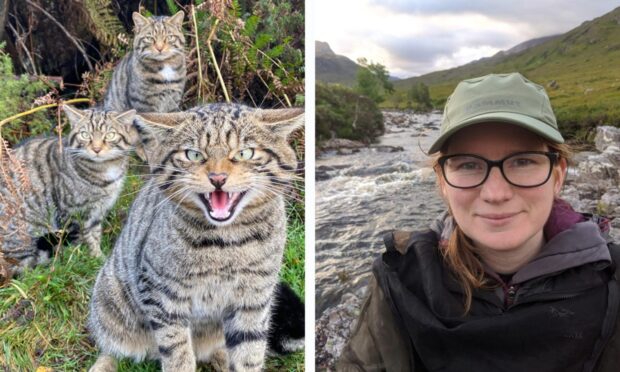

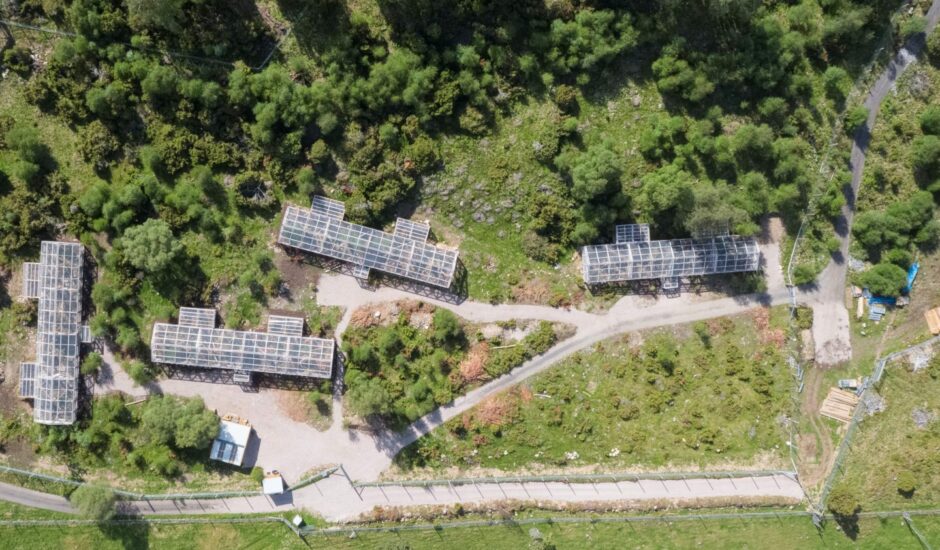
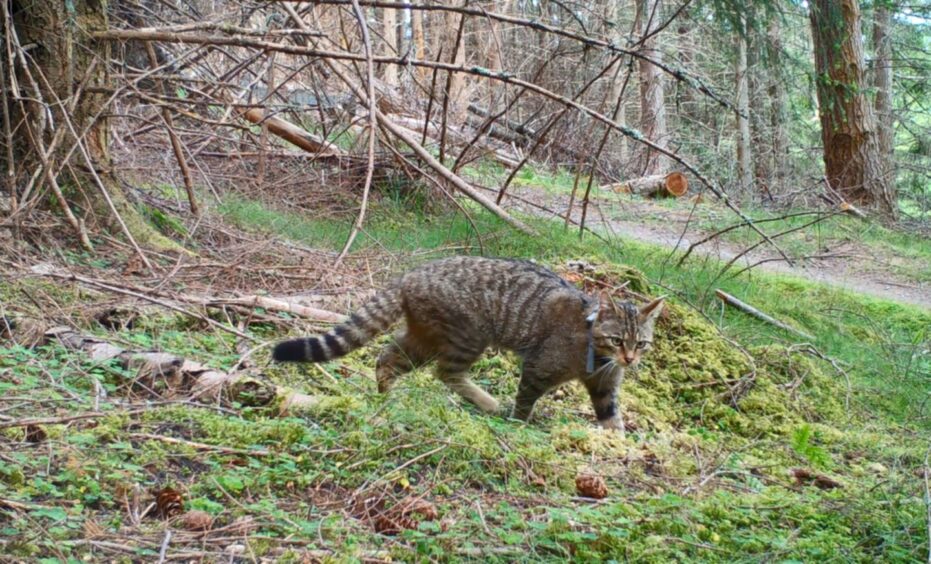
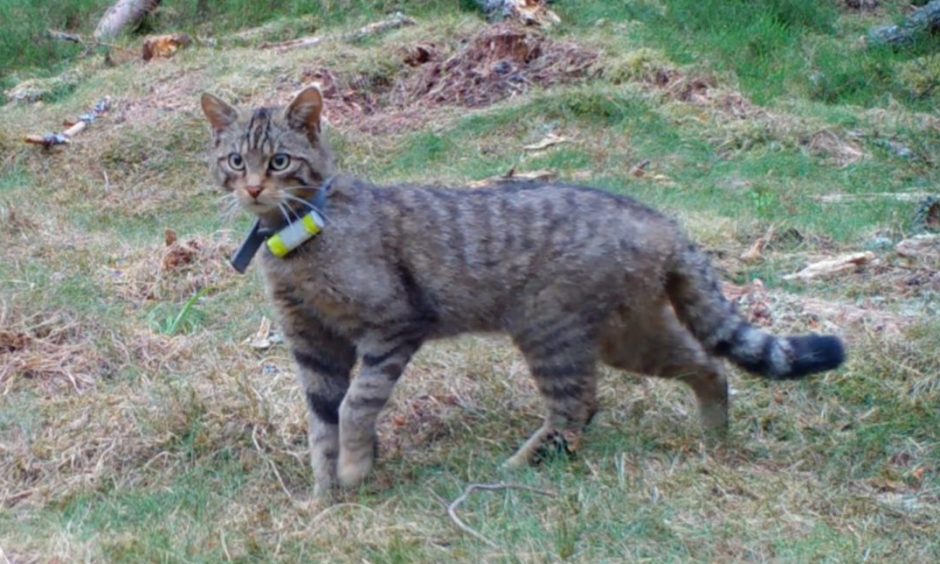

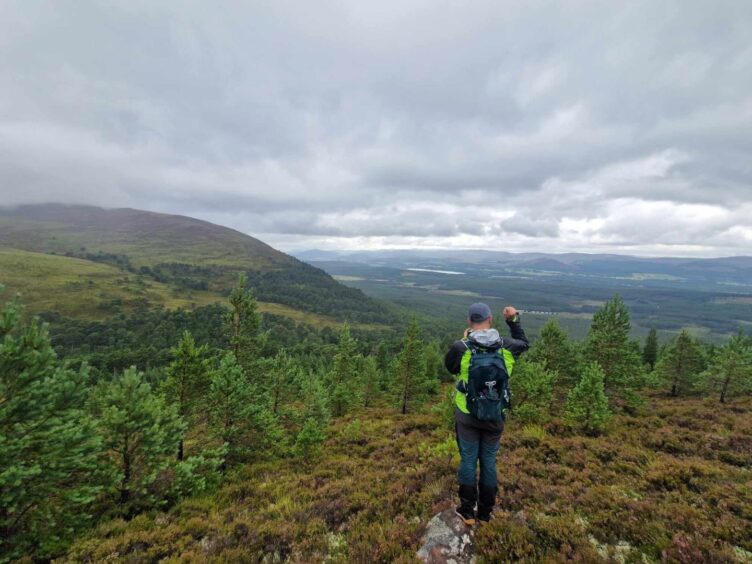

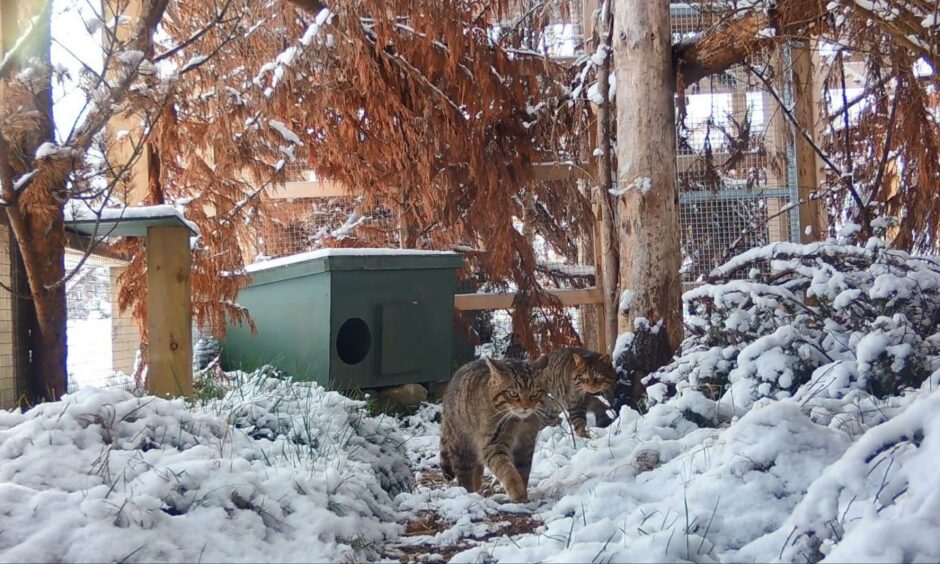
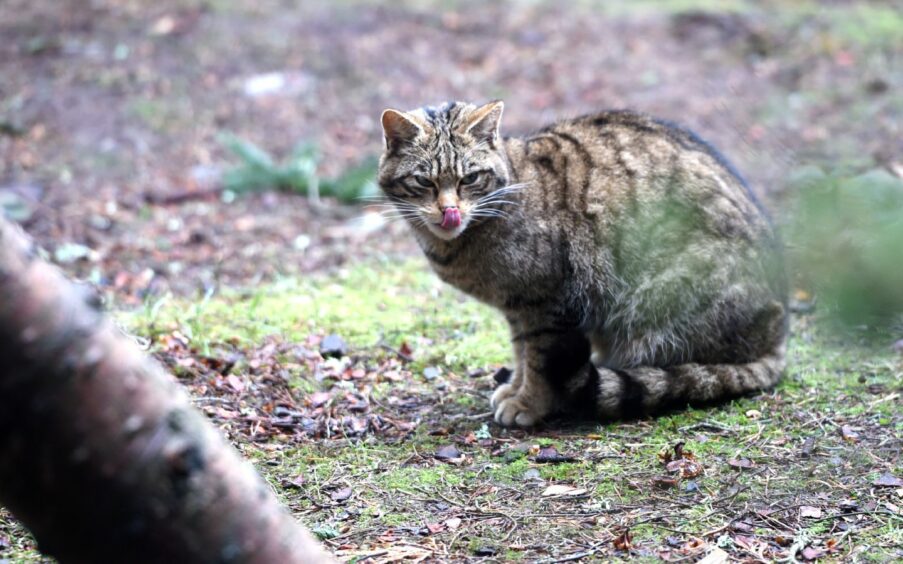

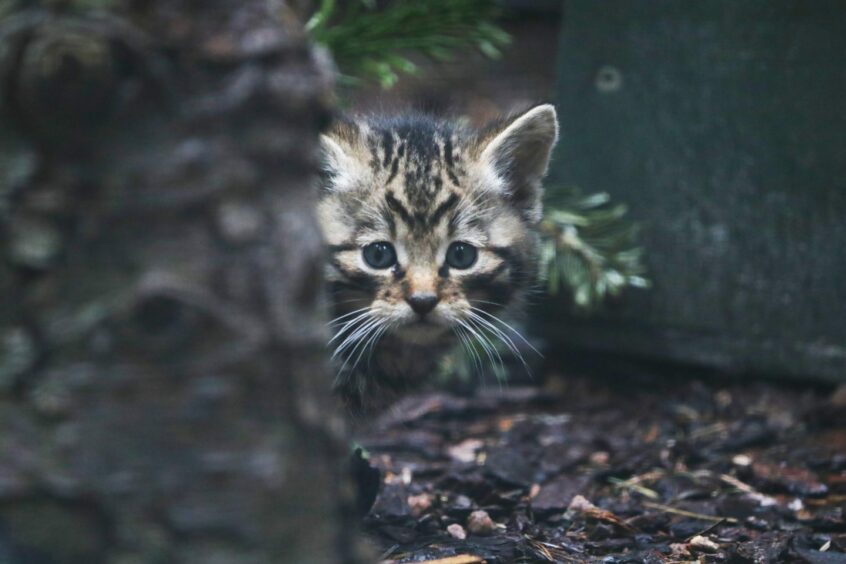
Conversation